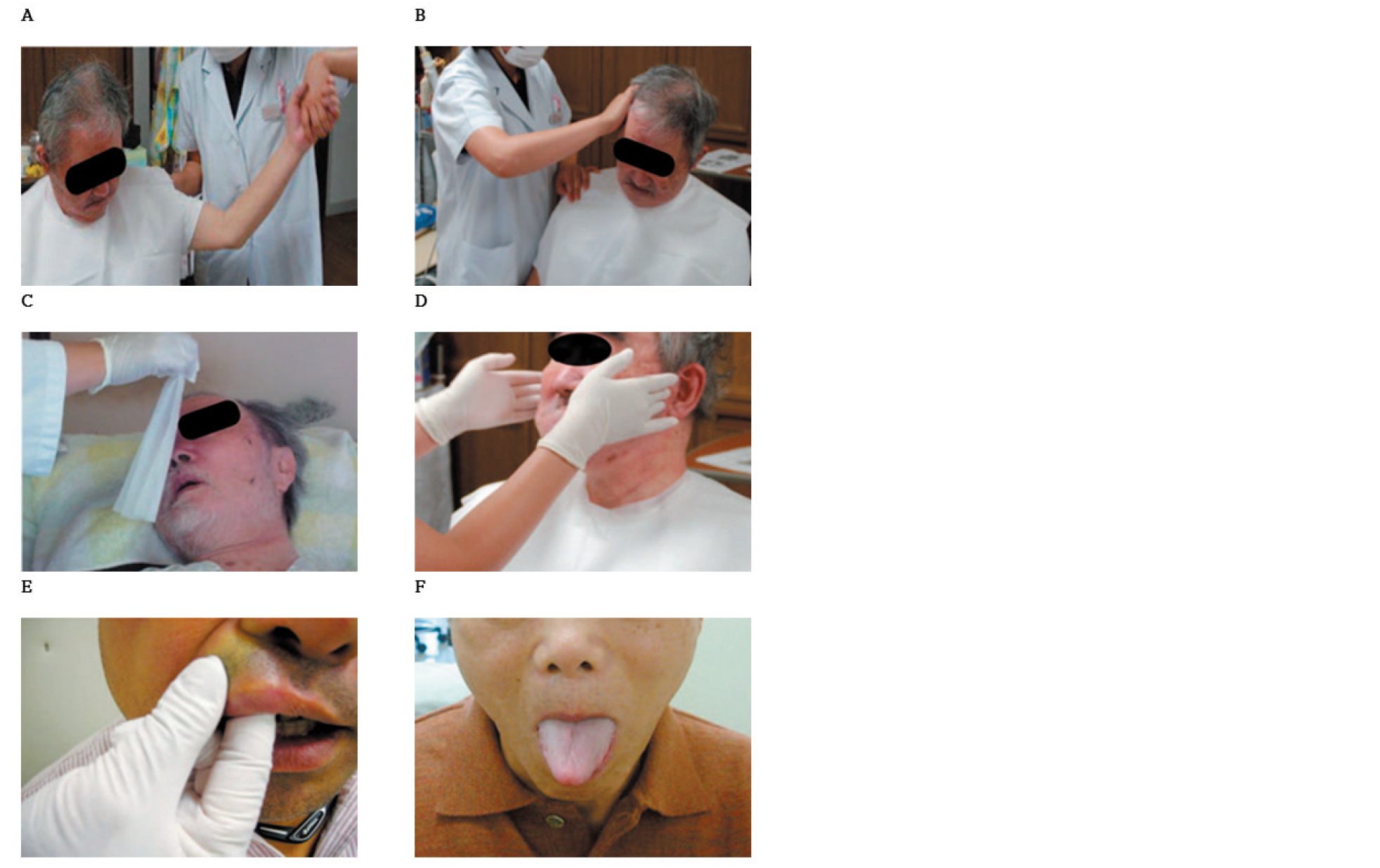Abstract
The purpose of this study was to provide basic data that would inform the direction of oral rehabilitation and how to expand of the role of dental hygienists in Japan. A systematic literature review was conducted on the role of dental hygienists in the field of oral rehabilitation in Japan. Japan has been making academic and practical developments in the field of oral rehabilitation for over 30 years, and has been gradually implementing a fee support policy since the 1990s. In addition, Japan has been operating a dental hygienist system specializing in oral rehabilitation since 2006. The related work was being carried out with the dental hygienist’s expertise in the field of rehabilitation medical treatment secured. Dental hygienists work full-time at long-term care facilities for the elderly in addition to conducting oral care activities under the local comprehensive care system, in the areas of convalescence and acute rehabilitation, as well as in the field of visiting rehabilitation. It can be seen that, in the field of nursing care, they are specialized in oral care tasks for the elderly. In the future, a policy and related fee system should be gradually prepared to expand the role of dental hygienists in the field of oral rehabilitation that can contribute to improving oral health linked to systemic diseases.
Figures & Tables

Fig. 1. Upper limb joint mobility training: Slowly pull up your upper limbs upwards until there is no pain, Head joint mobility training: tilt or rotate the tofu back and forth from side to side. Patients with cervical spine injuries should be determined after consulting with their doctor, Breathing training: it is easy to check the breathing status by blowing the wind towards the tissue, Salivary gland massage: massage by checking the position of the parotid gland, maxillofacial gland, and sublingual gland. It’s simple, so it’s easy for the patient’s family to learn, Lip muscle training: hold the lips with the tips of your fingers as if inserting a cotton ball into the transition part of the gingival joint, and then repeat the movement of pursing and unwrapping the lips as if massaging, Tongue muscle training: front and back of the tongue, left and right, stomach. Perform the exercise in the downward direction. If it is possible to train actively, it is easy to introduce the training if it can be imitated as a job)


